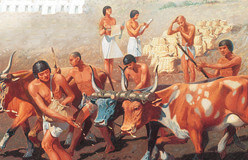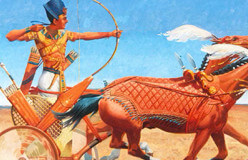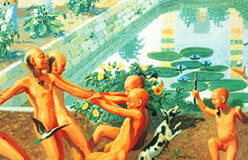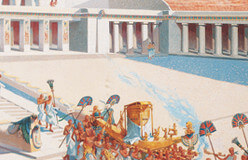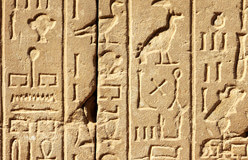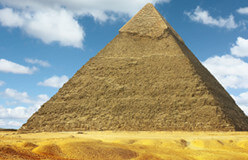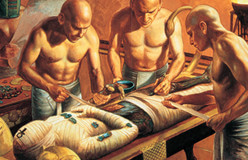We know them best for their pyramids and pharaohs. But the ancient Egyptians left many more things that mystify and amaze us.
They invented hieroglyphs, a form of picture-writing. They also invented papyrus. That’s a paperlike writing material made from reeds. Their temples and pyramids show their skills as architects and engineers. Ancient papyrus scrolls tell of their work as writers, doctors, and healers.
